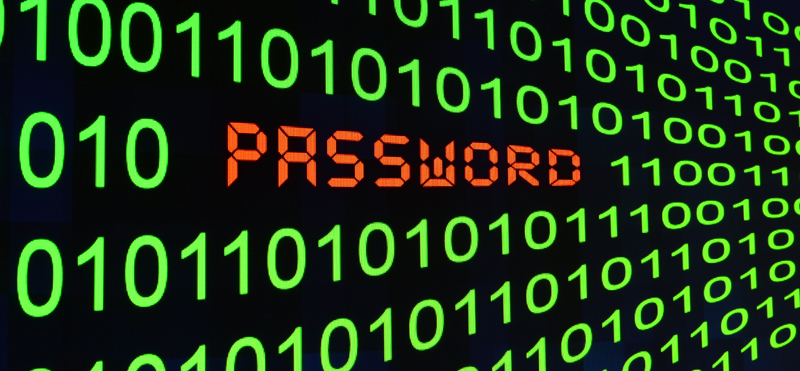In an age bursting with technological advances, security seems to be an ever increasing issue. The recent media spotlights on the NSA in particular has many people asking, “How can I secure my personal digital information?” One of the best ways to help secure your privacy is encryption. Encryption is great because it covers a range of devices and services through which personal information might be shared or stored. According to the Surveillance Self-Defense Project, “Encryption is a technique that uses math to transform information in a way that makes it unreadable to anyone except those with special knowledge, usually referred to as a ‘key’… If encryption is used properly, the information should only be readable by you and people that receive the key from you. Encryption provides a very strong technical protection against many kinds of threats — and this protection is often easy to obtain.”
So where to start? How about with the device most of us interact with the most – our smartphones. A good first step to upping security on phones is to use a passcode. When enabling a passcode on an iPhone, Apple’s data protection software is activated. That’s why if you use the wrong passcode too many times on an iPhone, you’ll get locked out of the phone and eventually might wipe it clean if you don’t stop. For Android phones, passcodes can be set up, but actual encryption takes a bit longer. In the security settings of the phone, simply tap “encrypt phone” and you’ll be taken through the process. Please note that with Androids, the process takes about an hour, and there’s no decrypting your phone unless you want to reset it to original factory settings. Windows Phones only enable encryption on business phones or those that have subscribed to Microsoft 365, unfortunately. But a passcode would be an added layer of security even if encryption is unattainable.
Now how about your web browser? The internet has a lot of opportunities for potential security threats to get through to your browser. So how can you protect your information on the web? HTTPS is the standard encryption for websites, and is found in the browser bar, usually with a little lock icon. However, not all websites can send and receive information over an HTTPS connection. A great fix to this is the HTTPS Everywhere extension, developed by the Electronic Frontier Foundation and the Tor Project, which makes browsing more secure. It is current available for Chrome, Opera and Firefox. Tor, of course, is an anonymous browser that routes your web traffic through different relays, so no one can trace your internet exploits back to you. It’s not encryption, but it does offer a strong sense of privacy. Finally, if you want a completely encrypted connection, try using a Virtual Private Network (VPN).
To encrypt everything else, you’ll need to encrypt your entire laptop. There are many programs out there for encrypting laptops, but Windows and Mac OS have native encryption programs. Windows has Windows BitLocker, which once encrypted, encrypts all new documents added to your hard drive. Simple search for BitLocker on your laptop or go to Settings -> BitLocker Drive Encryption, and follow the steps. Note: make a recovery key (and write it down!) when first enabling BitLocker, or you could permanently lose access to your files. For Macs users, you can use File Vault 2, which comes already installed. Simply search for it and follow the instructions.
Encryption might require a few extra steps and passwords, but in the end it’s up to you how far you want to go in protecting your information. If you’re willing to make the trade off, encryption is the way to go for cyber protection.

